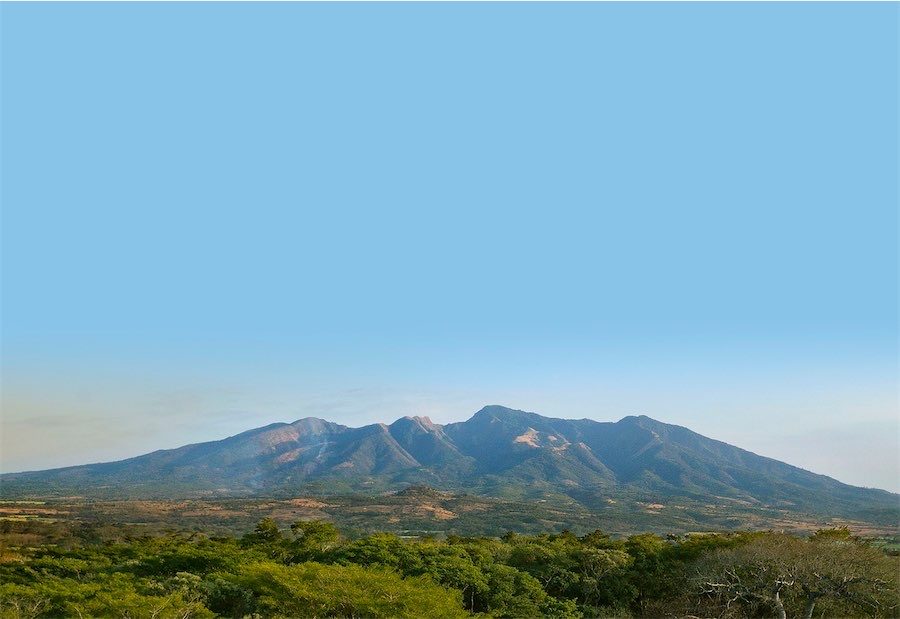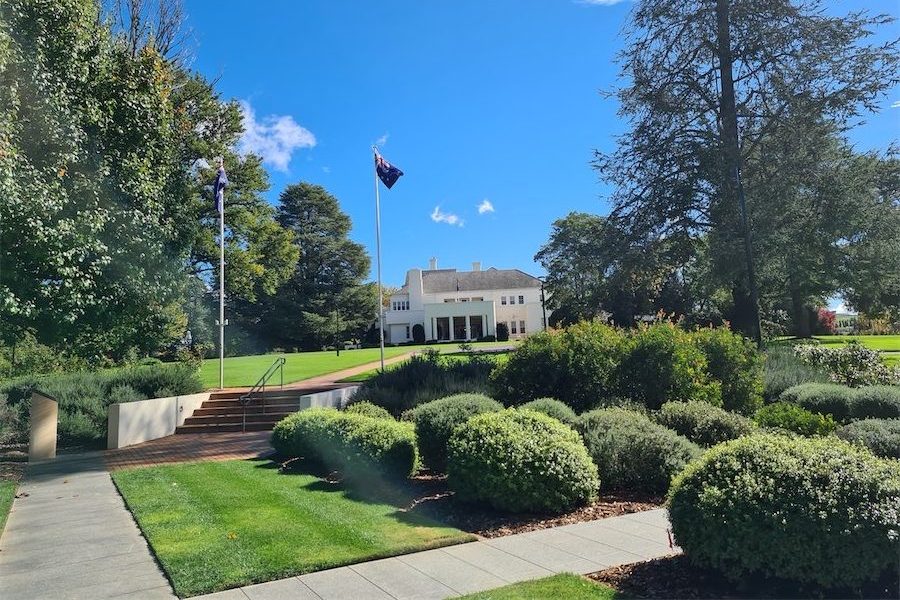
Wine columnist RICHARD CALVER find himself making tasting notes on three bottles of El Salvadorian rum. How is this possible?
THE surreal has the disorienting, hallucinatory quality of a dream. I don’t believe that we dream in colour; if you think you do that’s just a pigment of your imagination.

It was certainly out of the ordinary to receive an invitation to taste rum, a spirit I rarely drink. The bottle of Bundaberg that I have in my cabinet is mostly used for revving up desserts, not for regular drinking.
This night, however, beckoned me to imbibe rum made in El Salvador, that was promoted via an event co-hosted by the El Salvadoran embassy. This central American country is the smallest in all of the Americas, named by the Spanish for Jesus Christ as saviour. I knew that coffee was produced from this country, but otherwise I came to the event a tabula rasa.
The tasting was held in the noisy, crowded Walt and Burley at the Kingston Foreshore where in front of the blazing fire (perhaps seeking to emulate the tropical atmosphere of the host country) Daniel Vinson, of Proof Drinks Australia, told stories about how, since 2004, rum has been made in an El Salvadoran valley where there used to be a Mayan city, the valley of Cihuatán.
The brand takes its name from this valley. The rum is described as being “of the Mayan Gods” but no blood was spilt on the night, and not even dignity was sacrificed.
The featured, special rum (15 year barrel aged) was, however, called the Alux named after the Mayan equivalent of the leprechaun, small dwarf-like creatures that can be both useful and mischievous, a bit like critics.
Apparently there were only two bottles of this spirit in Australia from a total production of 5000. It was pleasant, earthy and sweet, but not a product I’d pay $150 a bottle to purchase.
Daniel was effusive about rum making. The Cihuatán rum came about because there was access to a sugar refinery, with sugar being the main ingredient of rum.
The usual method is to make molasses from sugar cane and then alcohol is created through fermentation caused by adding yeast and water to the molasses.
The liquid is then heated and distilled, via pot or column stills, where the water and alcohol are separated. White rum has a short period of ageing but dark rum is produced by barrel ageing. The three main rums on taste were barrel aged for, respectively, 8, 12 and 16 years.
The eight-year-old, Indigo, was aged in American oak bourbon barrels 40 per cent alcohol by volume (all of the rums were at this level) and had an attractive blue-hued label, which Daniel told us was in homage to Tlaloc, Mayan god of rain.
Blue is Tlaloc’s sacred colour, the colour of, yes, rain. This rum is soft and sweet with a hint of hazelnut and an overwhelming vanilla flavour on first taste.
The 12-year-old has a red and tan label and is called Cinabrio, after the colour created by the Mayans from the mineral cinnabar. This rum I found to possess a sweet plum taste (my notes say “plum, plum, plum”) with a hint of toast, derived from the barrel ageing I’d suggest.
The third, the 16-year-old, was Xaman, Mayan god of the North Star and protector of the Cihuatán valley, aged for 15 years in American oak bourbon barrels and finished for one year in what Daniel called “Mayan ceiba barrels”, crafted from the uniquely El Salvadoran ceiba tree.
It is labelled XO (extra old) that usually is a sign the spirit is old and smooth enough to drink on its own. This rum leaves a toasty balsamic finish after the usual hit of sweetness.
Outside the night remained cold, the experience wrapped in a soft, dreamlike afterglow.
My millennial children dream about owning a house: too bad it’s surreal estate.
Who can be trusted?
In a world of spin and confusion, there’s never been a more important time to support independent journalism in Canberra.
If you trust our work online and want to enforce the power of independent voices, I invite you to make a small contribution.
Every dollar of support is invested back into our journalism to help keep citynews.com.au strong and free.
Thank you,
Ian Meikle, editor




Leave a Reply